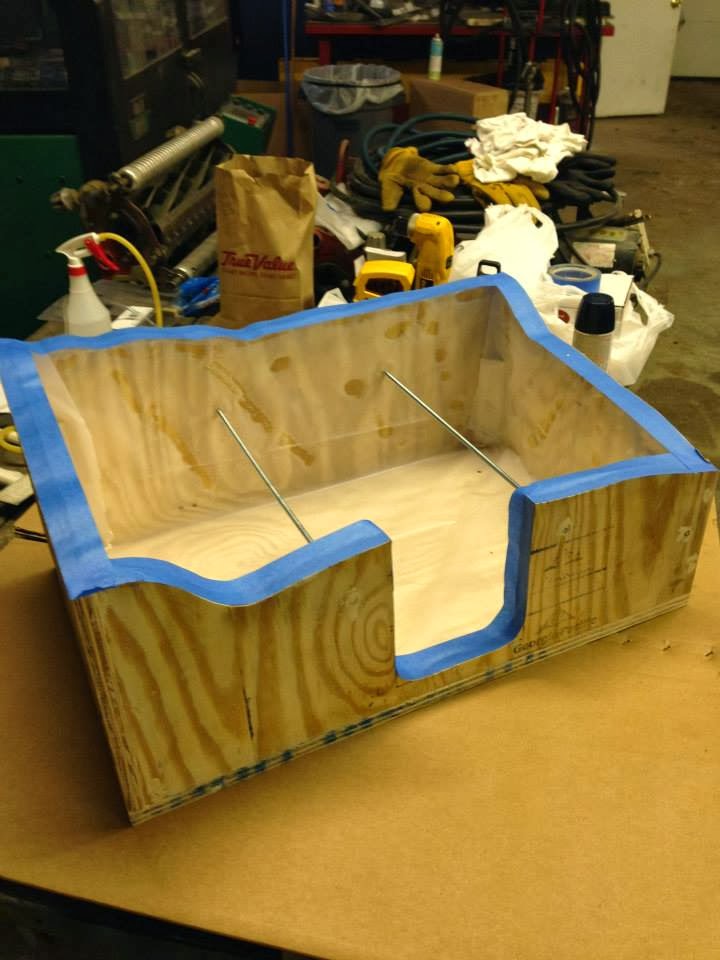The golf industry in Southeastern Michigan has had a very
interesting spring. You’ve probably
heard the horror stories about damaged greens and massive turf loss. Many courses opened up with a few temporary
greens, some opened with all temporary greens. The UMGC was fortunate enough to open with all
18 greens rolling. We did have some
minor damage to 3 greens but we feel lucky and proud of the course conditions
at the end of the spring.
This begs the question though: Can we, for certain, attribute the present
conditions of the UMGC to something other than luck or good fortune? It is incredibly presumptuous to think that
we are exempt from Mother Nature’s awesome power to humble. After all, during the golf season,
superintendents and greenskeepers alike waltz with her with the hopes of
controlling water, heat and turf diseases.
At the UMGC, we like to think of this relationship not so much as a dog
fight vying for control but rather a concert of humility and power. Make no mistake; nature is the predominant
player—no matter what this chemical rep says or that hubris filled
superintendent claims. With respect to
nature, we do carry out maintenance practices that are well thought out and
minimally invasive. We do prioritize the
health of the turf in the fall before it goes into dormancy. We do put our course to bed as clean and
orderly as we possibly can. These are
things that we can control. These are
things we own to promote a healthy golf course.
Fairways, tees and rough all came out of winter in great
shape! Especially the rough! We had planned to keep a more consistent
height of cut in the rough during the week by mowing twice a week at 2.25”. We found that this wasn’t enough. The rough was healthy and aesthetically
pleasing, but played too aggressively for our golfing community. The answer was lowering the height to 1.75”
and cutting 3 times a week. Sometimes,
healthy turf, especially in the rough, is a curse as much as a blessing. This frequency of mowing is demanding on
machines, people and sometimes isn’t in the cards dealt by the
aforementioned.
However, the amount of acreage designated as rough is decreased this year due to newly added "natural areas." These areas are carefully shaped to give the course texture and add an interesting visual element. They are also a cornerstone of our sustainability efforts. Less mowing equates to a smaller carbon footprint. Natural areas also provide a venue for native Michigan grasses and wildlife to flourish.


.JPG)

.JPG)


















